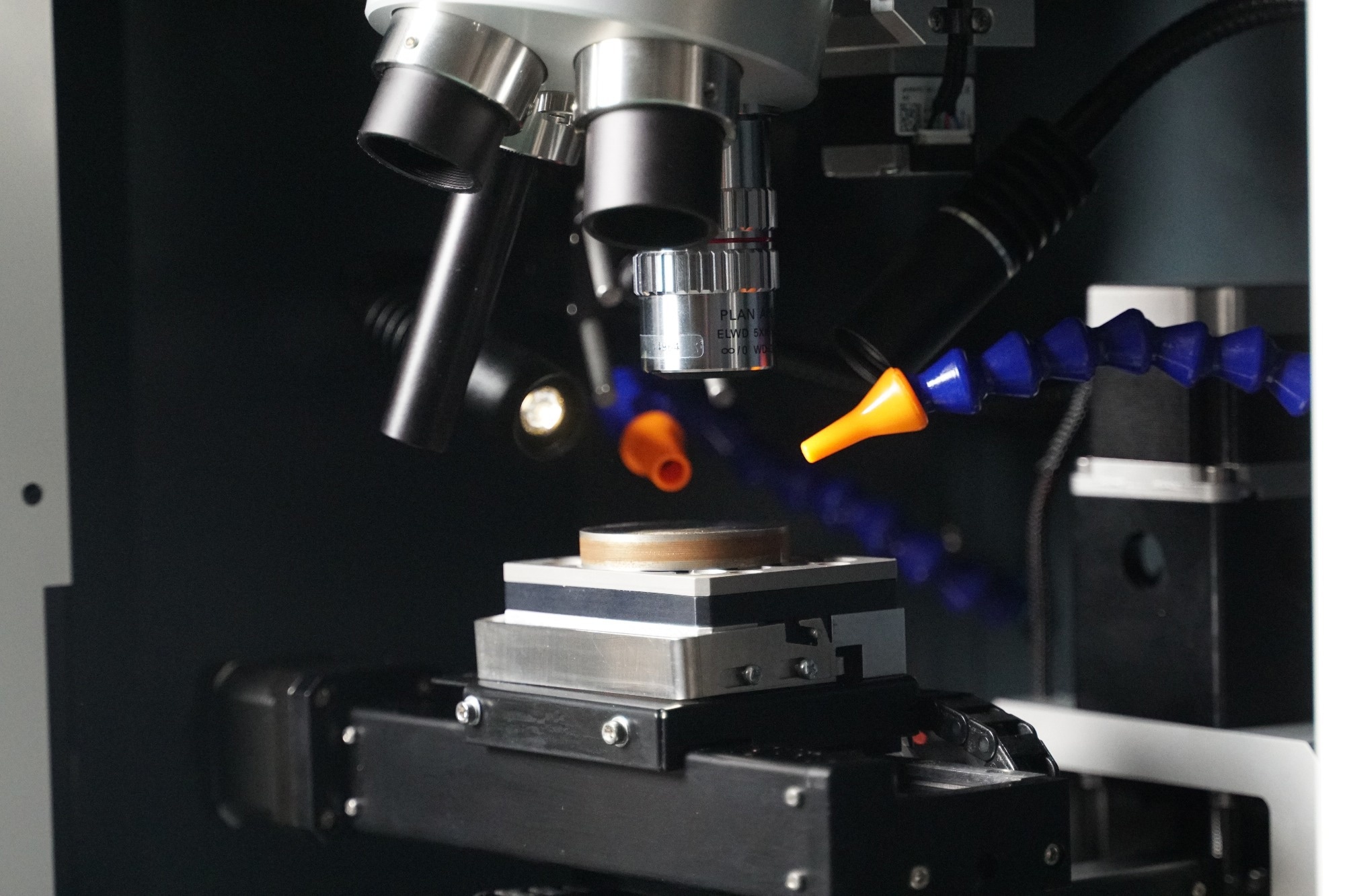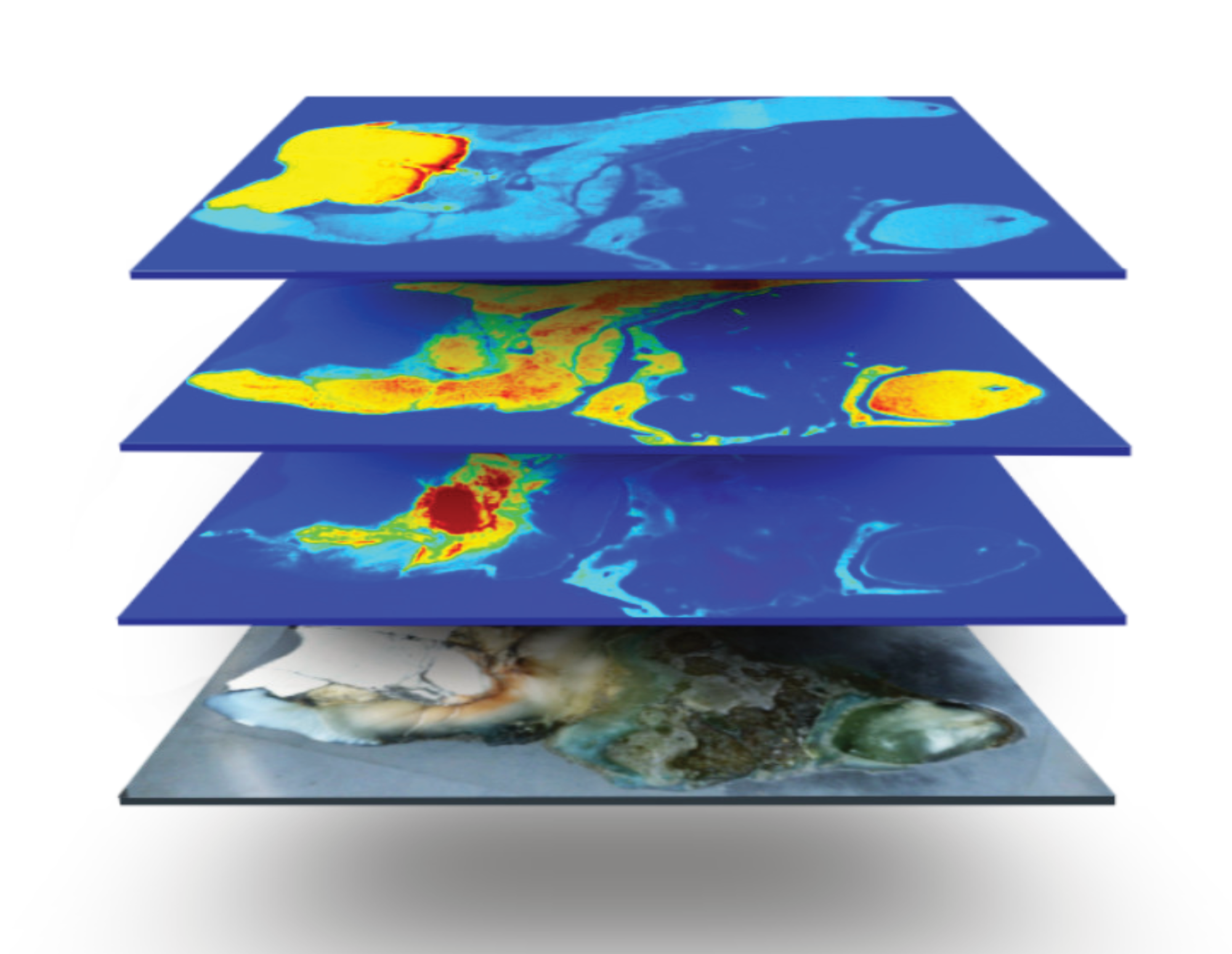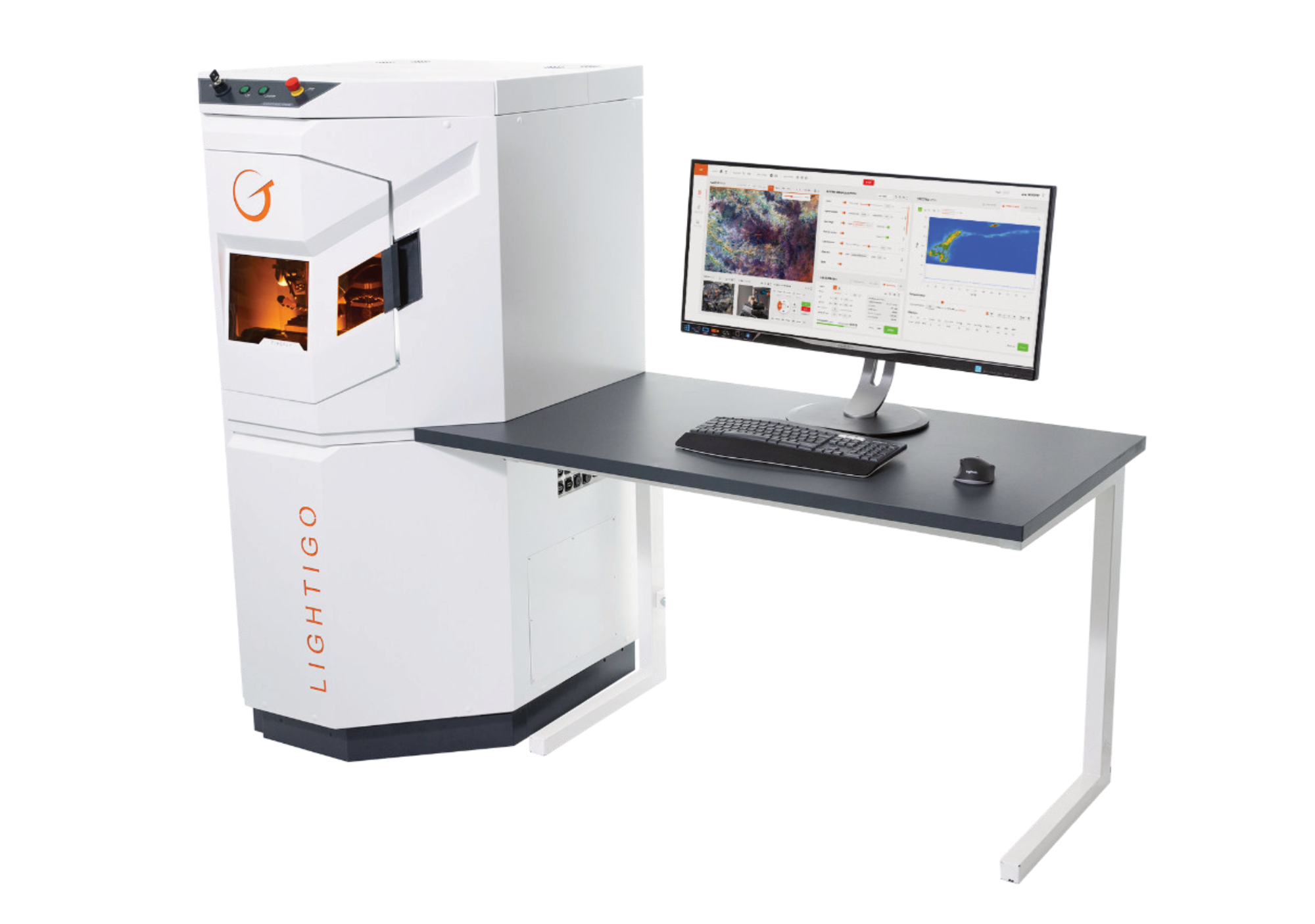AZoOptics speaks to Jan Novotný, one of the founding members of Lightigo, about the significance of laser-induced breakdown spectroscopy (LIBS) in the elemental analysis field. Discussing Lightigo's rapid technology, Novotný discusses the latest trends in LIBS technology and its many benefits in several applications.
What are the core aims and values of Lightigo?
Our goal is to make the elemental analysis process quicker, cheaper and easier. We want to help establish the LIBS method among the other material analytical methods and highlight its benefits in many applications. We do all this with a focus on the customer, for whom we individually recommend a suitable set-up and prepare a methodology for using the instrumentation in their specific application.

Image Credit: Lightigo
What is laser-induced breakdown spectroscopy (LIBS) and its significance in the elemental analysis field?
LIBS is a modern, fast and resource-efficient analytical technique that can quickly determine the complete elemental composition of samples of many different kinds. With rapid developments in lasers, their performance and affordability, this technology is poised to penetrate the market.
The pulsed laser beam focuses on the surface of the sample. Few nanograms of material are evaporated, ionized, and a small plasma spark is created. The radiation of the plasma is captured and processed in the spectrometer. Present atomic emission lines (kind of chemical fingerprint) give us information about the sample's chemical composition.
What are the current benefits of using laser-induced breakdown spectroscopy?
The advantages and disadvantages of LIBS should always be weighed against other analytical approaches. One of the main advantages is the speed of the analysis. The results can be obtained in a fraction of a second and the scanning frequency can be more than 1kHz, which allows real-time visualization of the distribution of different elements.
The samples do not need any special sample preparation. The single analysis contains information about the complete elemental composition.
The profile of multi-layer material can be captured. LIBS is sensitive to most of the elements of the chemical table, including light metals, which are problematic for some of the competitive instruments. These benefits are redeemed by relatively high limits of detections in the order of 1-100 ppm, while some competitive techniques can go lower.
Can you explain the current trends in the laser-induced breakdown spectroscopy field?
We see the current trends in three directions. The first is combining the LIBS with other analytical methods so that one instrumentation provides greater predictive power.
For example, coupling with Raman spectroscopy (which also uses a laser) provides the elemental composition and information about the present compounds.
LIBS can also be used as a laser-ablation system for the widely used ICP MS/OES instruments, which improves the limits of detections.
Another direction is to increase the speed and analytical performance by using, for example, multi-pulse LIBS techniques, utilizing ultra-short (femtosecond) lasers, high repetition rates lasers and detectors, or utilizing the inert gas atmosphere (Argon, Helium) in the sample environment to suppress noise and further improve limits of detections.
The last trend is to tailor LIBS instrumentation to specific applications, particularly in the industry.
In this regard, we are working with several industrial partners who need to incorporate elemental analysis into their manufacturing process as part of automation and the transition to Industry 4.0.
Can you tell us about the LIBS technology you have developed and the specific industries it applies to?
Our instrument is a stand-alone system primarily designed for versatile elemental analysis in academic institutions, commercial research laboratories, or industrial laboratories. Our most significant added value is the software that allows all the settings to be made using the intuitive interface, set the automated measurements – multi-spot, line scan, and area scan, and process, visualize and export the results.
We can also customize and simplify the software interface based on the specific customer's requirements and application. The system can then be controlled easily by any laboratory technician.
FireFly has applications in many academic and industrial sectors, such as finding toxic metals in recycled plastics, identifying lithium in rocks, detecting Beryllium in doped gemstones, identifying rocks and minerals, finding nanoparticles and markers in soft tissues, sorting metals and plastics, and many more.

Elemental imaging. Image Credit: Lightigo
What technology ensures that your LIBS products are fast, accurate and reliable?
LIBS technology provides high-speed analysis and adaptability to a wide range of samples.
We ensure accuracy and reliability by how we design our instruments both on the HW and SW side, by the precise optical design, clever HW features, and self-diagnostics SW routines.
We also integrate top-class components, such as lasers, spectrometers and detectors from our quality-proven European and USA suppliers, who are leaders in their respective fields.
We are utilizing a modern approach to designing and manufacturing, such as robotic assembly of printed circuit boards, plastic, and metal 3D printing, etc. All this together creates a working symbiosis, at the top of which is our LIBS instrument FireFly.

Image Credit: Lightigo
How will your team’s products help make a difference in several fields?
Our FireFly instrument with LIBS technology inside has great potential to boost performance in most of the fields where elemental analysis is desired.
Analysis with FireFly is fast - saving valuable measurement time and decreasing the overall sample processing time. Operating costs are low and there is no need to consume additional chemicals, making the comprehensive analysis much more environmentally friendly.
Moreover, there are a growing number of fields where the capability of LIBS in FireFly is critical and exceptional – analysis of Gemstones(validity check, determination of origin), analysis of Lithium in ore, etc.
What are the next steps for Lightigo?
In addition to manufacturing the instruments for our customers, we are working to advance the LIBS method towards other technologies and better performance.
We implement several scientific research projects with academic institutions. In 2022, we will introduce an ablation cell module connecting our LIBS instrumentation with ICP MS/OES technology. We may jump into the SPACE industry, where material analysis using LIBS has excellent potential in extraterrestrial conditions.
About Jan Novotný
 One of the founding members of the Lightigo company, Jan Novotný is primarily involved in the design and development of the core products with the main responsibility for the analytical functions and features and the user experience design.
One of the founding members of the Lightigo company, Jan Novotný is primarily involved in the design and development of the core products with the main responsibility for the analytical functions and features and the user experience design.
Jan Novotný has more than 10 years of experience in optical design and R&D in the field of elemental analysis utilizing laser-induced breakdown spectroscopy (LIBS).
Most of the Lightigo founding members come from the university environment. Persons from the commercial sector supplement the core team. Lightigo covers all the necessary competencies for implementing, commercializing, and transferring cutting-edge technology from the research ground to the industry.
Disclaimer: The views expressed here are those of the interviewee and do not necessarily represent the views of AZoM.com Limited (T/A) AZoNetwork, the owner and operator of this website. This disclaimer forms part of the Terms and Conditions of use of this website.